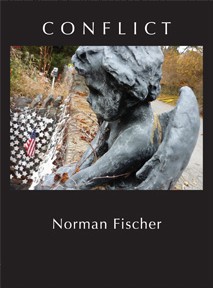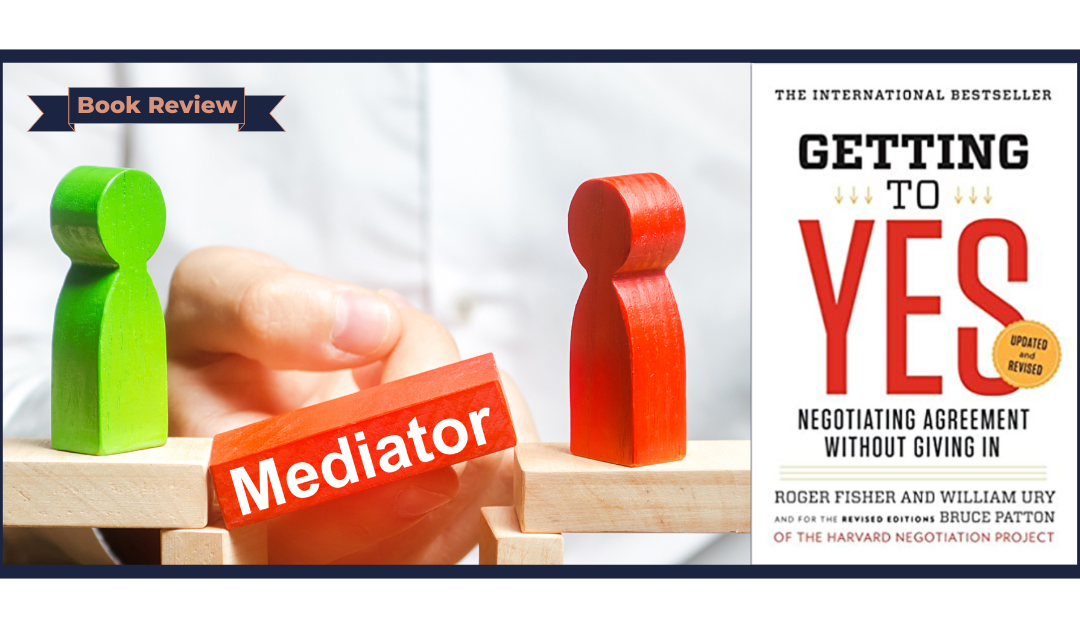
Getting to Yes: Negotiating Agreement Without Giving In, by Roger Fisher and William Ury
Review by Katherine Miller Getting to Yes: Negotiating Agreement Without Giving In, by Roger Fisher and William Ury, was first published in 1981 and is a classic for anyone in a negotiation, whether in the personal, professional, or legal arena. Now over 40 years...
My Stories of Conflict: A Kaleidoscope of Theories, Methods, and Personal Experiences by Marc Leu and Annie Meisl
Review by Natarajan Devaraj Last year, while mediating a challenging situation, I read the book My Stories of Conflict: A Kaleidoscope of Theories, Methods, and Personal Experiences by Marc Leu and Annie Meisl, which presented how different cultures viewed aspects...
Book Review » A Language of Healing for a Polarized Nation – Creating Safe Environments for Conversations about Race, Politics, Sexuality, and Religion
By Wayne Jacobsen, Arnita Willis Taylor, and Robert L. Prater Although there have been periods of fierce and violent division throughout human history, there is a growing sense that there is no room to discuss the issues about which we differ. People now struggle to...
Book Review » Demystifying Disability: What to Know, What to Say, and How To Be An Ally
By Emily LadauBook review by Caitlin Meredith Demystifying Disability by Emily Ladau is a practical guide to making our language, approach and practices as inclusive as possible for those with disabilities. With her wit, personal insight, and interviews with thought...
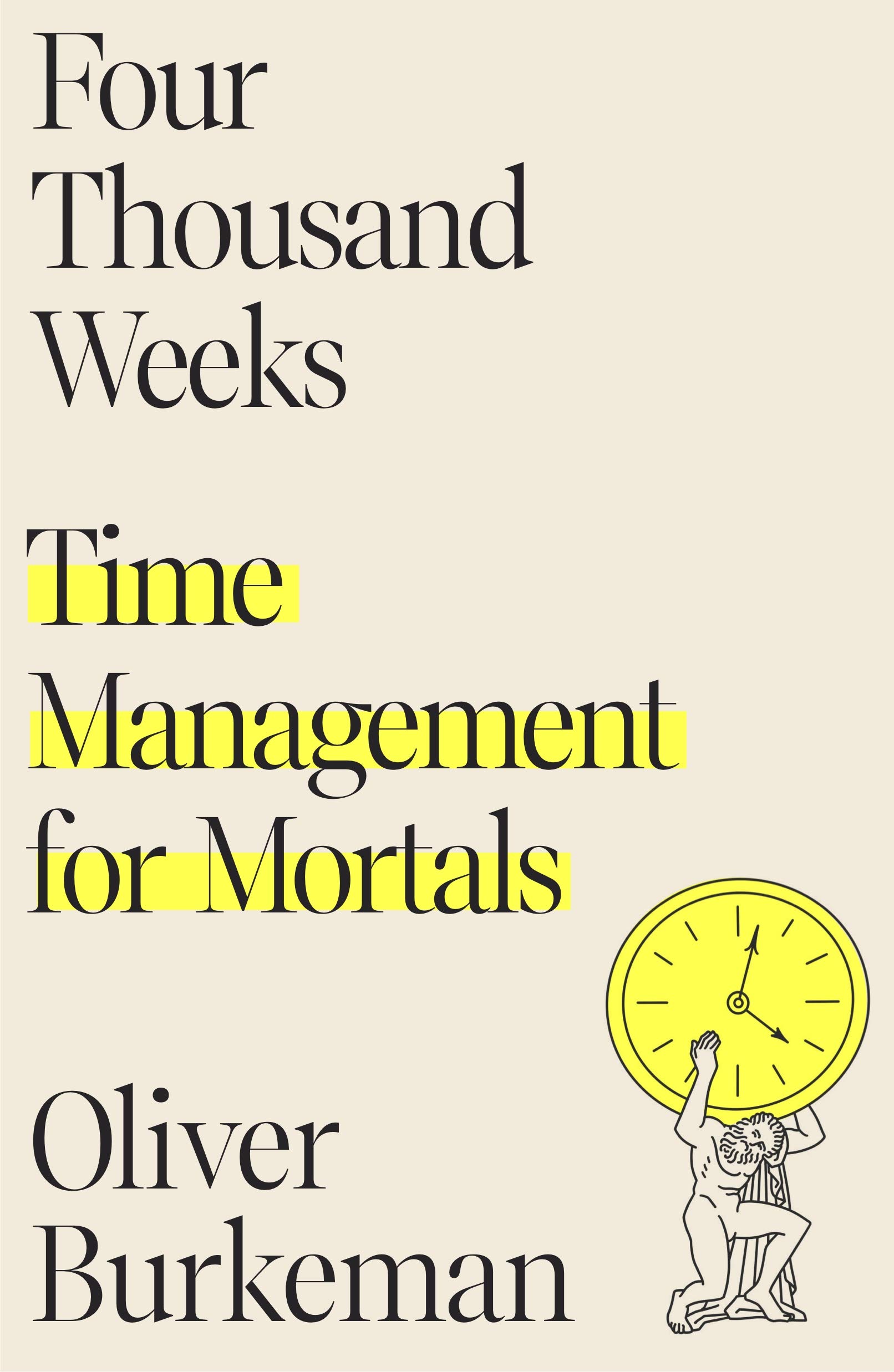
Four Thousand Weeks: Time Management for Mortals
Book by Oliver Burkeman Review by Jennifer Sullivan One doesn’t so much read Oliver Burkeman’s Four Thousand Weeks: Time Management for Mortals, as experience its clarifying power. While booksellers may shelve it alongside the self-help books intended to teach mere...
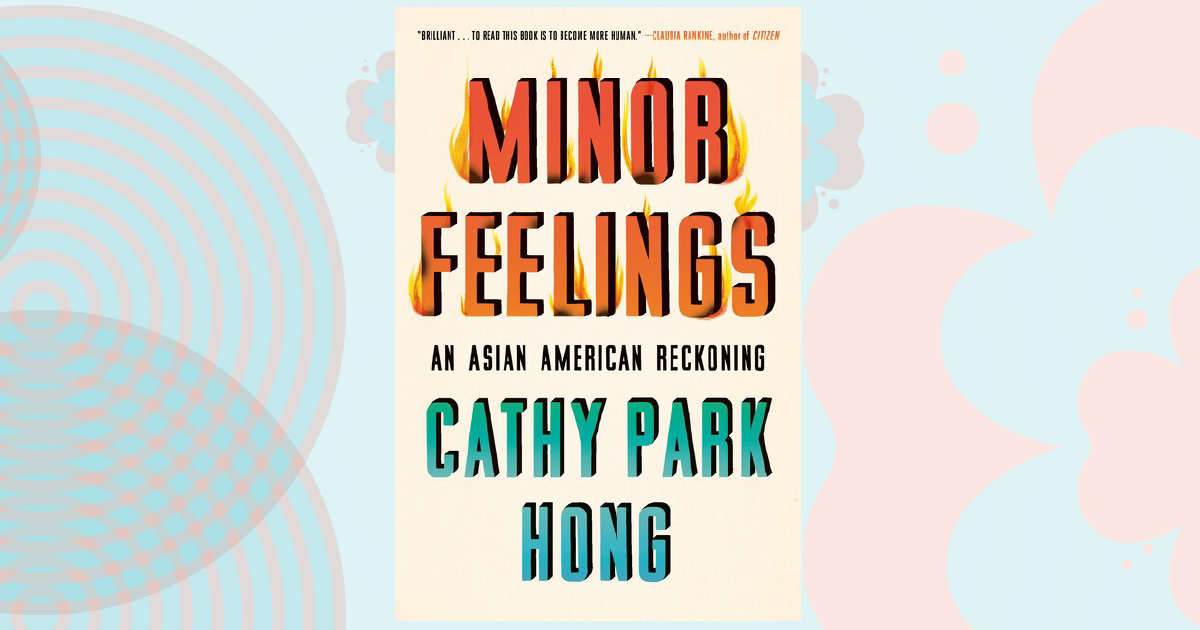
Book Review >> Minor Feelings: An Asian American Reckoning
Book review by Catherine Conner Cathy Park Hong defines minor feelings as “the racialized range of emotions that are negative, dysphoric, and therefore untelegenic, built from the sediments of everyday racial experience and the irritant of having one’s perception of...
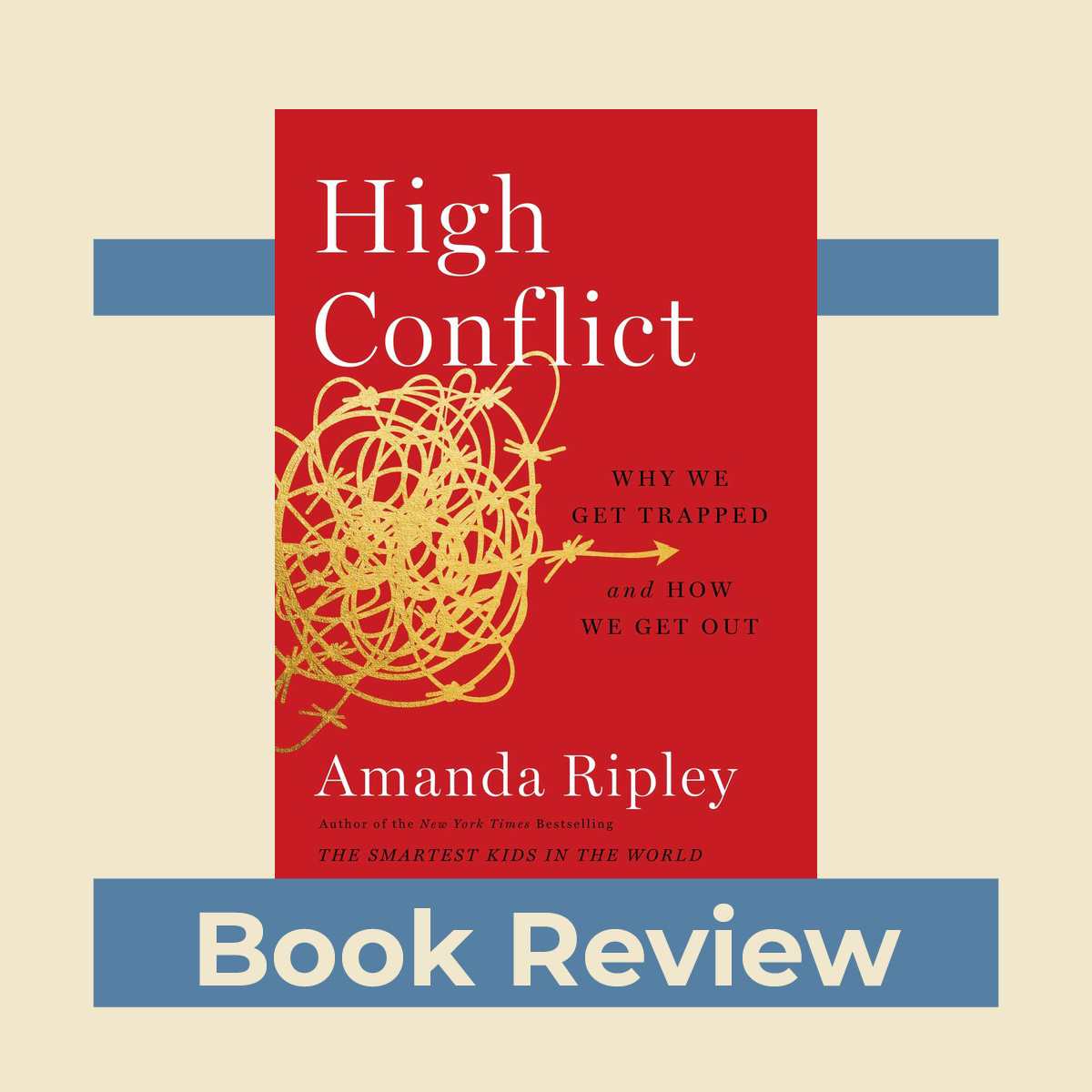
Book Review >> High Conflict
How Conflict: Why We Get Trapped and How We Get Out by Amanda Ripley Review by Jennifer Sullivan It was only because I was midway through Amanda Ripley’s awareness-sharpening new book High Conflict that I winced when I heard President Biden’s quip about Neanderthal...
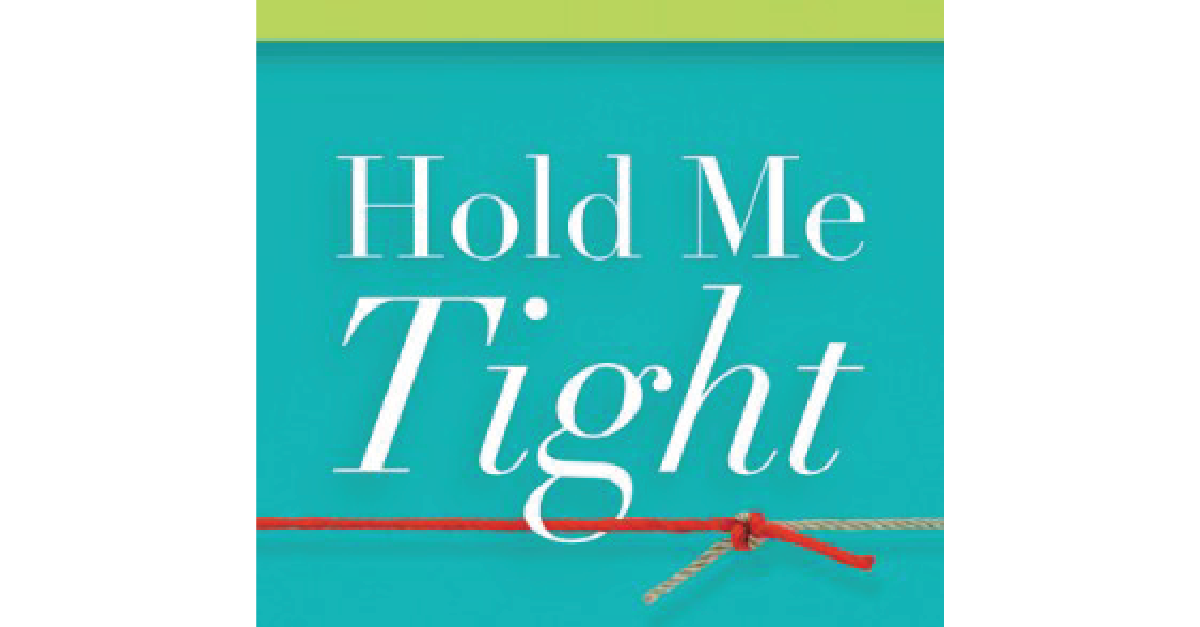
Book Review >> Hold Me Tight
By Dr. Sue JohnsonReview by Melanie Rowen Hold Me Tight is, on its face, about couples therapy. Originally published in 2008, the book is designed for couples to be able to read together in a self-guided process, and the approach it lays out—Emotionally-Focused...
Book Review >> A Quick & Easy Guide to They/Them Pronouns
Submitted by Melanie Rowen As we work to understand others, our practices for interpersonal engagement evolve. We learn what feels respectful to others and try to meet that. In A Quick & Easy Guide to They/Them Pronouns, a short comic book about non-binary gender...
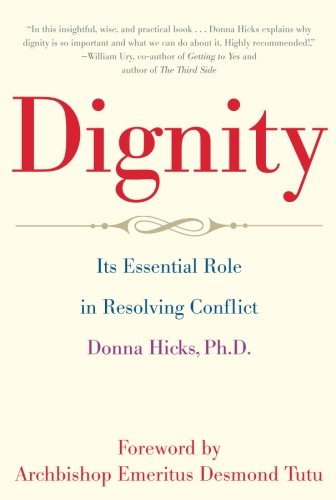
Dignity: Its Essential Role in Resolving Conflict
Dignity: Its Essential Role in Resolving Conflict by Donna Hicks Book Review by Debra Vey Voda-Hamilton Dignity will be a welcome addition to the Center for Understanding in Conflict professionals’ library. Author Donna Hicks explores what dignity is, how we...
The following are books written by our teachers.
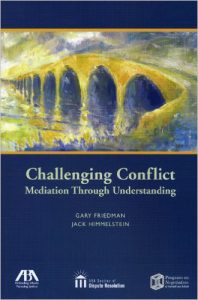 Challenging Conflict: Mediation Through Understanding by Gary Friedman and Jack Himmelstein
Challenging Conflict: Mediation Through Understanding by Gary Friedman and Jack Himmelstein
This book provides an analysis of understanding conflict. Understanding-based mediation offers people in conflict a way to work together to make decisions that resolve their dispute. The authors explain how to meet conflict itself in an effort to understand how lawyers can relate to it, and use it effectively in mediation.
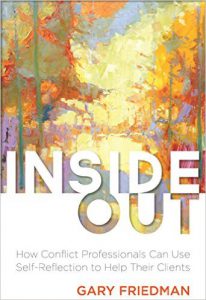 Inside Out: How Conflict Professionals Can Use Self-Reflection to Help Their Clients by Gary Friedman
Inside Out: How Conflict Professionals Can Use Self-Reflection to Help Their Clients by Gary Friedman
This book is designed to help people who work with parties in conflict use their inner experiences for the benefit of their clients. It challenges many of the conventions conflict professionals bring to this field, replacing them with a full and deep commitment to bringing all of ourselves to serving those who need us.
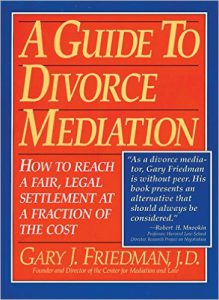 A Guide to Divorce Mediation: How to Reach a Fair, Legal Settlement at a Fraction of the Cost by Gary Friedman
A Guide to Divorce Mediation: How to Reach a Fair, Legal Settlement at a Fraction of the Cost by Gary Friedman
In this book, Gary Friedman lists four criteria necessary for every couple about to enter into mediation: motivation to mediate, self-responsibility, willingness to disagree, and willingness to agree. He explains the ground rules, the legal ramifications, and where to find a mediator. Also included are 12 detailed case studies to show how in almost all instances mediation has succeeded with a variety of personalities and situations.
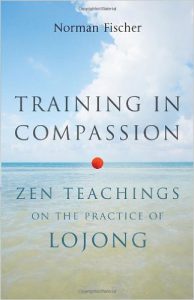 Training in Compassion: Zen Teachings on the Practice of Lojong by Norman Fischer
Training in Compassion: Zen Teachings on the Practice of Lojong by Norman Fischer
Lojong is the Tibetan Buddhist practice that involves working with short phrases (called “slogans”) as a way of generating bodhichitta, the heart and mind of enlightened compassion. Norman Fischer offers his commentary on the lojong slogans. He applies Zen wisdom to them, showing how well they fit in that related tradition, but he also sets the slogans in the context of resonant practices throughout the spiritual traditions. He shows lojong to be a wonderful method for everyone, including those who aren’t otherwise interested in Buddhism, who don’t have the time or inclination to meditate, or who’d just like to morph into the kind of person who’s focused rather than scattered, generous rather than stingy, and kind rather than thoughtless.
“The conflict Norman Fischer speaks of in this poem is an inherent component of the universe. He writes of the human dilemma, the struggles of daily life, and the desire to ‘hold the world in place,’ showing us how not to be mired in any one spot. Freedom is won by tirelessly moving forward. The lines breathe: the poet’s breath, and the complexity of his thought, visualized on the page.”—Anne Tardos
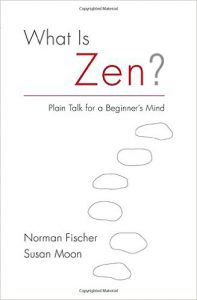 What is Zen?: Plain Talk for a Beginner’s Mind by Norman Fischer and Susan Moon
What is Zen?: Plain Talk for a Beginner’s Mind by Norman Fischer and Susan Moon
The question-and-answer format makes this introduction to Zen especially easy to understand—and also to use as a reference, as you can easily look up just the question you had in mind. The esteemed Zen teacher Norman Fischer and his old friend and teaching colleague Susan Moon (both of them in the lineage of Shunryu Suzuki, author of Zen Mind, Beginner’s Mind) give this collaborative effort a playful tone: Susan asks a question on our behalf, Norman answers it, and then Sue challenges him. By the time you get through their conversations, you’ll have a good basic education in Zen–not only the history, theory, and practice but also the contemporary issues, such as gender inequality, sexual ethics, and the tension between Asian traditions and the modern American reality.
 Taking Our Places: The Buddhist Path to Truly Growing Up by Norman Fischer
Taking Our Places: The Buddhist Path to Truly Growing Up by Norman Fischer
This engaging contemplation of maturity addresses the long neglected topic of what it means to grow up, and provides a hands–on guide for skilfully navigating the demands of our adult lives. Growing up happens whether we like it or not, but maturity must be cultivated. Challenged to consider his own sense of maturity while mentoring a group of teenage boys, Fischer began to investigate our preconceptions about what it means to be “an adult” and shows how crucial true maturity is to leading an engaged, fulfilled life. Taking Our Places details the marks of a mature person and shows how these attributes can help alleviate our suffering and enrich our relationships. Discussing such qualities as awareness, responsibility, humour, acceptance, and humility, Fischer brings a fresh and at times surprising new perspective that can turn old ideas on their heads and reinvigorate our understanding of what it means to be mature.
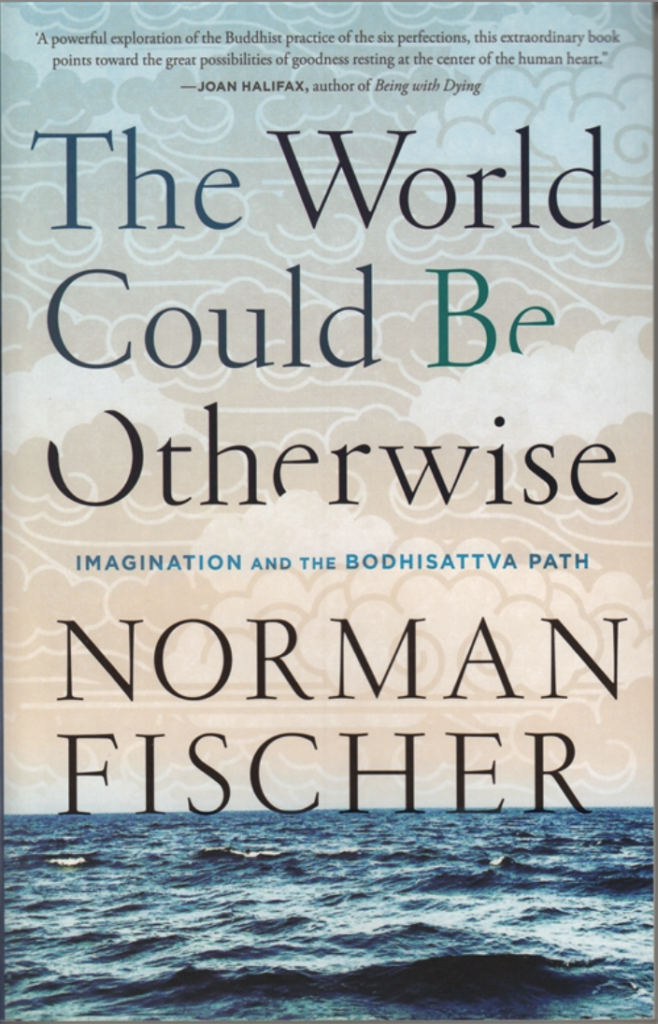 The World Could Be Otherwise: Imagination and the Bodhisattva Path by Norman Fischer
The World Could Be Otherwise: Imagination and the Bodhisattva Path by Norman Fischer
In frightening times, we wish the world could be otherwise. With a touch of imagination, it can be. Imagination helps us see what’s hidden, and it shape-shifts reality’s roiling twisting waves. In this inspiring reframe of a classic Buddhist teaching, Zen teacher Norman Fischer writes that the paramitas, or “six perfections”—generosity, ethical conduct, patience, joyful effort, meditation, and understanding—can help us reconfigure the world we live in.
Ranging from our everyday concerns about relationships, ethics, and consumption to our artistic inspirations and broadest human yearnings, Fischer depicts imaginative spiritual practice as a necessary resource for our troubled times.
